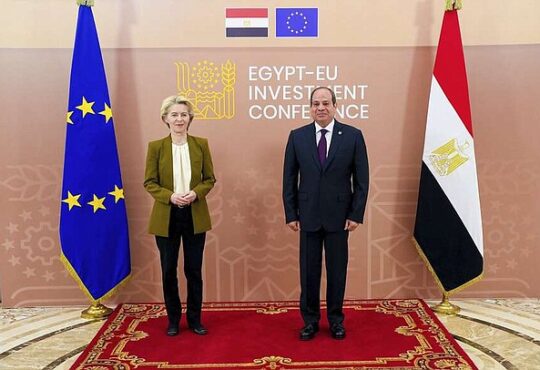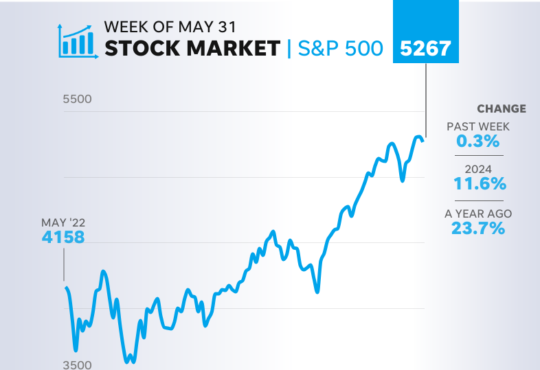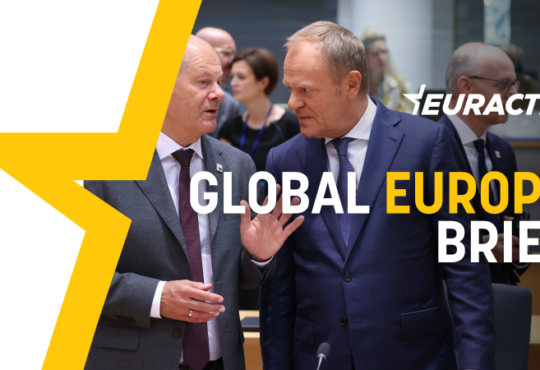
When the UK unveiled plans to reverse MiFID II unbundling in July, asset managers were meant to start ploughing more money into investment research and end the dearth of small company coverage.
But despite the looming overhaul to the investment research market, asset managers have continued to take an axe to already slimmed-down budgets.
A survey conducted by Substantive Research of 40 asset management firms overseeing more than $12tn shows the average research budget for 2023 decreased by 6.5%.
The latest cuts continue a downward trend in spending. Research budgets as a proportion of assets under management have dropped by more than 50% since MiFID II was introduced, according to Substantive.
The overhaul of MiFID II rules, expected to be finalised by the UK regulator by the middle of next year, is unlikely to spark any immediate changes, the firm added.
“This is a five-year story, rather than the UK being an attractive listing venue next year and research budgets suddenly reflating,” said Mike Carrodus, chief executive of Substantive, a firm that analyses investment research spend among asset managers.
“That doesn’t mean flexibility isn’t welcome from the buyside. But as some clients say, when you open the fees discussion it never ends well. You really wouldn’t want to do it in the current environment.”
READ Investment research overhaul won’t work without a culture shift
Under MiFID II, UK asset managers were forced to change how they buy investment research from brokers and investment banks.
In a bid to remove potential conflicts of interest, asset managers were no longer allowed to “bundle” payment for research with the trading commissions charged to their funds. The vast majority opted to shoulder the cost of research, using their own profits to pay for it.
Proposals drawn up by top City lawyer Rachel Kent would allow asset managers more flexibility around how they pay for investment research. Kent also raised the prospect of once again “bundling” costs, as well as making it easier to pass some of these charges onto investors.
Some asset managers have already said it is unlikely the market will rush to reverse the status quo, with no firm wanting to be the first mover in passing on research costs to investors.
“If you are big and can afford research out of your own [profit and loss], it is going to be a strategic decision to go back to charge end investors,” said Carrodus.
“It is a competitive decision as much as it is a financial one.”
READ Why asset managers won’t rush to reverse ‘painful’ unbundling
According to Substantive, asset managers continue to focus on costs, particularly during a challenging market environment that has dented revenue and profit across the board.
As a result, fund houses are consuming more research from core bulge bracket providers, with payments to the top 10 brokers in the average budget increasing to 54.6% from 53.9% in 2022.
“Right now, it is good to be big,” said Carrodus. “It is good to be big if you are an asset manager as you can afford to pay for research out of your P&L. It is also good to be big as a bulge bracket provider.”
The steady decline in research pricing has put enormous pressure on smaller brokers, which have significantly downsized analyst teams.
Some are being swallowed up by larger outfits as consolidation sweeps through the sector. Deutsche Bank acquired City broker Numis for £410m in April, while FinnCap and Cenkos also announced a deal in March to combine their businesses.
Carrodus said: “If one of the biggest firms out there went first it would make it easier for everyone else. But it is a big decision, and I don’t think anyone will rush into it before seeing the detail and language from the Financial Conduct Authority.”
Carrodus added that one possibility might be for asset managers to introduce a “bundled” charging structure for new fund launches, rather than implementing widespread changes across existing products that do not currently pass on research costs to investors.
“I can see that being the first movement,” he said. “Over time, if new funds get launched and a portion of the market becomes bundled, the jar could be loosened.
“Over five years you might have a bit of a bull market going and the narrative will feel very different. But the client base wants to see that play out.”
To contact the author of this story with feedback or news, email David Ricketts






